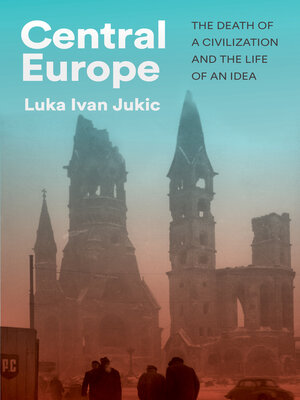
Sign up to save your library
With an OverDrive account, you can save your favorite libraries for at-a-glance information about availability. Find out more about OverDrive accounts.
Find this title in Libby, the library reading app by OverDrive.



Search for a digital library with this title
Title found at these libraries:
| Library Name | Distance |
|---|---|
| Loading... |
What is 'Central Europe'? Where do its borders lie? Does it even exist? Attempts to define it usually yield more questions than answers. But perhaps the wrong questions are being asked.
Luka Ivan Jukic disentangles the enigma of Central Europe through its history of birth, death and rebirth. Countries like Poland, Croatia and even Ukraine proudly proclaim themselves part of this region, and so part of Western civilisation. But the term originally described an unrecognisably different world—one formed in the eighteenth century by the unique inheritance of the House of Habsburg across a decentralised Germany and a sprawling Danubian realm; by the rise of standard High German; and by an intermediate position within a continent defined by the 'advanced West' and 'backwards East'.
Amid the displacement and destruction of the world wars and their aftermath, this extraordinary civilisation was shattered, reduced to the frontline of a global Cold War. Its unexpected reincarnation in the 1980s, as an ideological antidote to the Soviet East, spawned myths and polemics, but little clarity. Yet 'Central Europe' still seems to feature in every crisis today, from Russian aggression to European disunity. Why does it remain such a powerful political idea in our times?







